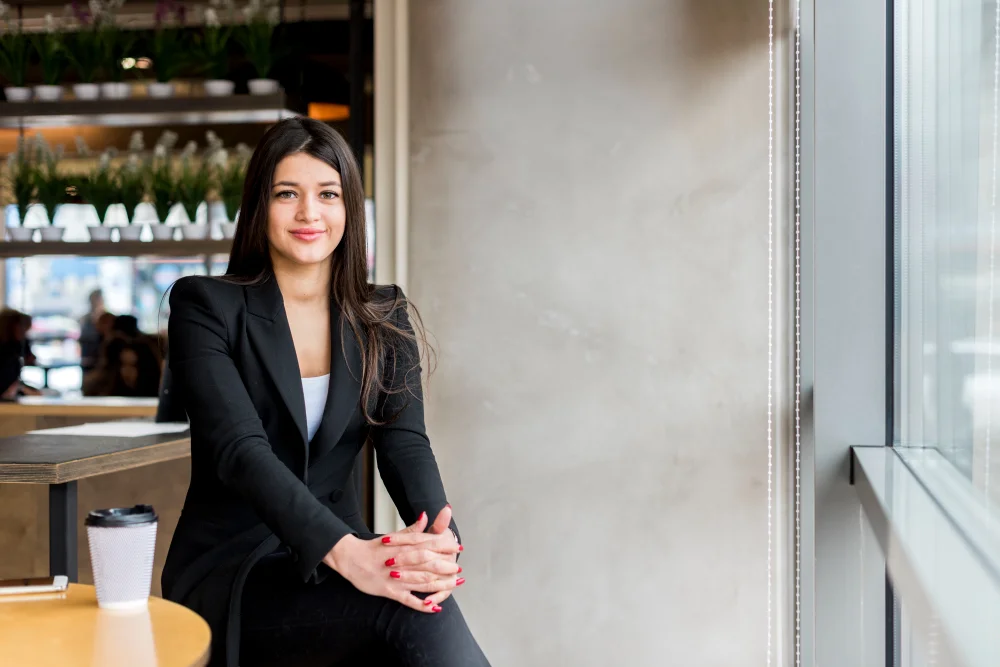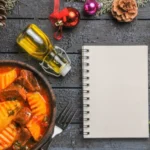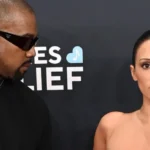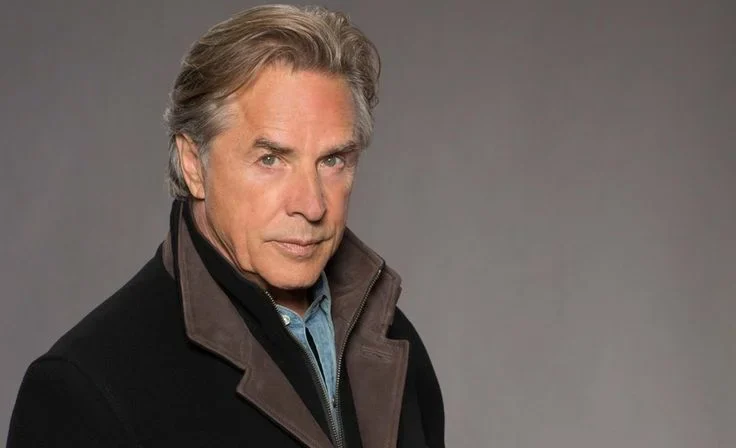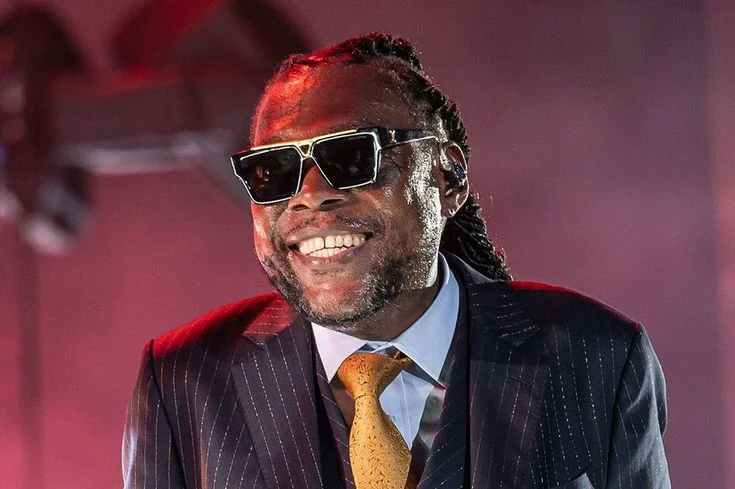Interview attire for women plays a vital role in setting the tone for your entire meeting. When you dress thoughtfully, you not only project professionalism but also show that you understand the value of first impressions.
Clothing is one of the first things interviewers notice, and it can shape their perception of your confidence and preparedness. Whether you’re interviewing for an entry-level job or a senior position, your attire can be a powerful tool that enhances your chances of success.
Moreover, selecting the proper interview attire can ease your nerves by helping you feel comfortable and self-assured. When you know you look the part, you can focus more on showcasing your skills and personality.
In today’s diverse workplaces, interview attire for women can vary widely based on industry and company culture, so understanding these nuances helps you tailor your look appropriately.
Why Interview Attire for Women Matters
Interview attire for women is not simply about following a dress code; it reflects your respect for the opportunity and your professional attitude. An appropriate outfit communicates that you have done your homework about the company and take the position seriously. It can also help you stand out positively in a competitive job market.
Dressing correctly shows your understanding of workplace standards and your ability to fit in with the company culture. When you dress professionally, you signal that you value professionalism in all aspects of your work. Conversely, dressing inappropriately can distract interviewers or lead them to question your judgment, regardless of your qualifications.
Choosing the Right Colors and Styles
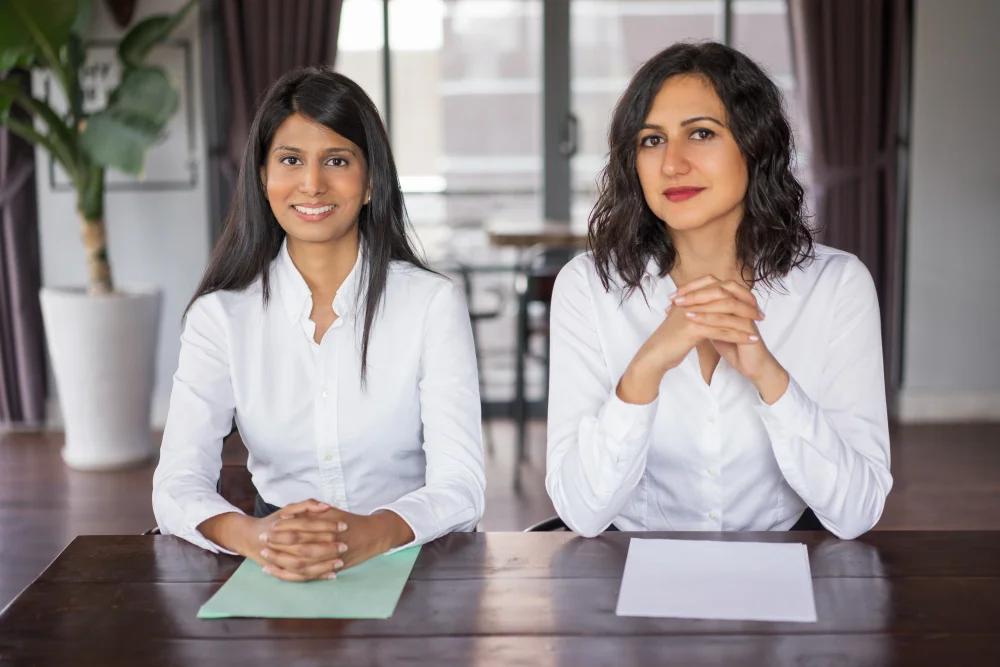
The colors and styles you choose for your interview attire carry psychological weight. Neutral tones like navy, black, gray, and beige are timeless choices because they evoke trust, reliability, and seriousness. These colors are versatile and can be combined easily to create a cohesive look that won’t distract from your qualifications.
While bright colors can sometimes demonstrate creativity and energy, they should be used sparingly, especially in conservative fields. Soft pastels or muted colors can add a touch of warmth and approachability without being overpowering. Avoid bold prints or overly flashy patterns as they can draw attention away from your skills and answers.
The style of your clothing should emphasize clean lines and a well-fitted silhouette. Clothes that are too tight may appear unprofessional, while overly loose clothing can seem sloppy. Tailored blazers, classic pencil skirts, and dress pants are staples that convey competence and attention to detail. The goal is to present a polished and neat appearance that matches the formality of the role you want.
Essential Clothing Items for Interview Attire
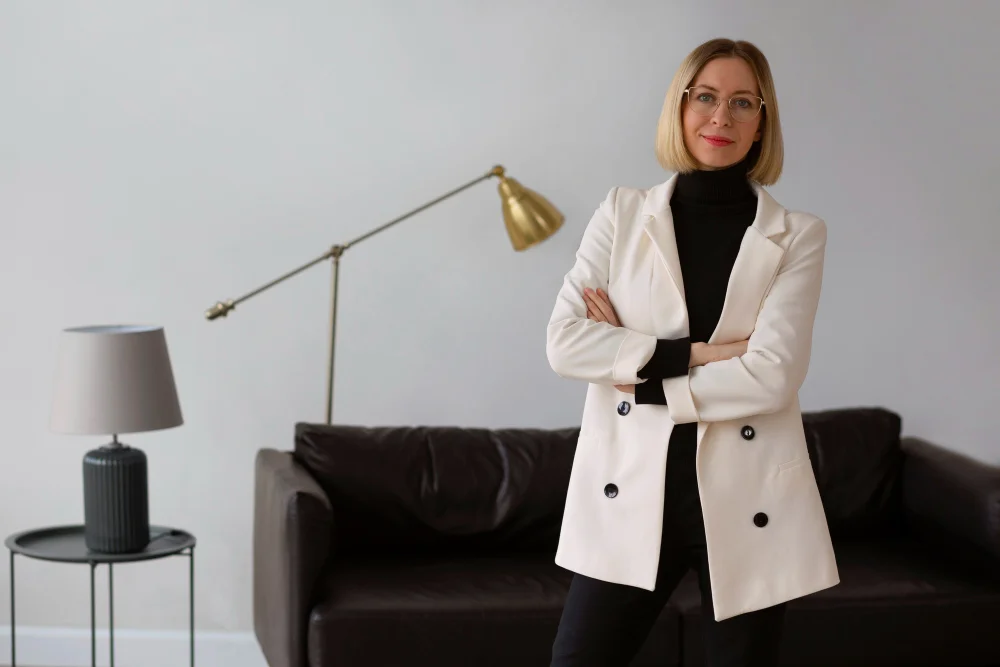
Choosing the right core pieces is key to creating a professional and polished interview look. These essential clothing items form the foundation of your interview attire for women and help you appear confident and competent.
Blazers and Jackets
A well-fitted blazer or tailored jacket instantly elevates your outfit. It adds structure and professionalism, framing your silhouette in a flattering way. Choose blazers that fit snugly at the shoulders and allow comfortable arm movement. Neutral colors like black, navy, or gray are versatile and pair easily with various outfits. Wearing a blazer communicates seriousness and readiness for a formal setting, making it a must-have for interviews.
Blouses and Shirts
Underneath your blazer, opt for button-down shirts or blouses made from quality fabrics like cotton, silk, or blends that resist wrinkles. Soft colors such as white, light blue, or pastel shades keep your look clean and approachable. Avoid overly sheer materials or loud patterns that can distract the interviewer. A crisp blouse enhances your professional image and complements your blazer perfectly.
Skirts and Pants
Choose tailored pencil skirts or dress pants that are knee-length or slightly longer. Pencil skirts should neither be too tight nor too short to maintain professionalism and comfort. Dress pants with a straight or slightly tapered cut provide a sleek appearance and work well with most blouses and blazers. Darker colors are preferable because they look polished and pair well with various tops.
Shoes
Closed-toe shoes are essential for interview attire. Low heels between one to two inches or flats provide a balance of professionalism and comfort. Make sure your shoes are clean and polished, avoiding overly casual options like sandals or sneakers. Wearing appropriate shoes supports your confident walk and completes your outfit.
Accessories
Keep accessories minimal and elegant. Simple stud earrings, a delicate necklace, or a classic watch add subtle sophistication without drawing attention away from you. Avoid large or noisy jewellery that may distract the interviewer. A professional handbag or briefcase can also enhance your appearance and keep your essentials organized.
Footwear and Accessories: The Finishing Touch
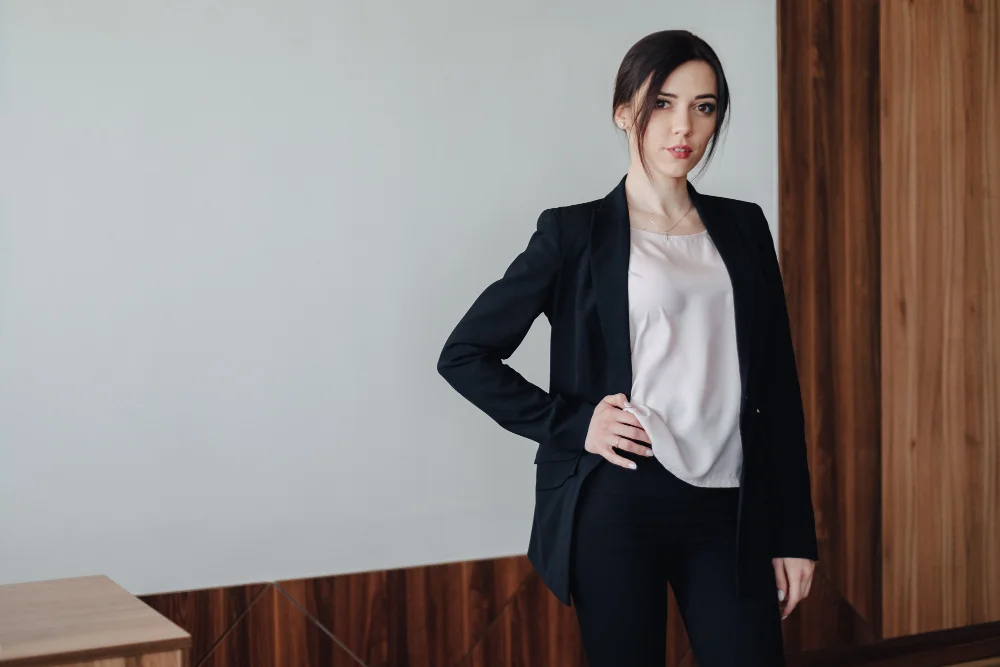
Accessories and footwear complete your interview outfit, and choosing them wisely can reinforce a polished appearance. Shoes must be clean, professional, and comfortable to avoid distraction or discomfort during the interview.
Low heels between one to two inches or flats are excellent choices because they look professional and help maintain posture and confidence. Avoid overly high heels or casual shoes such as sneakers or sandals.
Jewellery should be subtle and classic. Pieces like stud earrings, a thin chain necklace, or a simple bracelet add a touch of elegance without diverting attention. Large, flashy jewellery can create noise or visual distraction, which is best avoided in professional settings.
A neat handbag or briefcase that matches your outfit helps carry essentials like your resume, portfolio, or notebook, and further signals organization and preparedness.
Common Mistakes to Avoid in Interview Attire
When preparing your interview attire for women, it’s essential to avoid certain pitfalls that can unintentionally harm your first impression. Overdressing can make you seem out of place or overly formal, especially in casual or creative workplaces. Conversely, underdressing may suggest a lack of seriousness or respect for the opportunity.
Wearing clothes that don’t fit well, using too much makeup or strong perfumes, and choosing distracting accessories are common errors that can detract from your professionalism. Being mindful of these mistakes helps you present yourself confidently and appropriately.
Everyday Interview Attire Mistakes to Avoid
- Wearing overly casual clothes such as jeans, t-shirts, or sneakers when not appropriate.
- Choosing outfits that are too tight or too loose can look unprofessional.
- Applying heavy makeup or wearing strong perfume might distract the interviewer.
- Wearing flashy or noisy jewellery that draws attention away from your skills.
- Ignoring company culture and dressing either too formal or too casual.
- Neglecting grooming details, such as unkempt hair or untidy nails.
- Wearing overly bold patterns or colours that overshadow your professionalism.
Dressing for Different Industries
Different industries have unique expectations for interview attire for women. Understanding these norms helps you adapt your outfit to fit seamlessly into the environment.
In corporate sectors like finance, law, or consulting, business formal attire is the gold standard. Dark-colored suits, polished shoes, and minimal accessories are expected. Your look should be conservative and refined.
In creative or tech industries, smart casual attire is often acceptable. You can experiment with textures and subtle colours while maintaining neatness. Pairing a stylish blazer with clean-cut pants or skirts works well here.
Healthcare and education require a clean and approachable look. Clothing should be professional but comfortable enough for active work environments. Avoid overly formal or flashy outfits.
Retail and hospitality industries favour approachable professionalism. Choose neat, tidy clothing that allows ease of movement. Comfortable shoes are essential because of the active nature of these jobs.
Tips to Prepare Your Interview Attire
Preparing your interview attire ahead of time can reduce stress and help you feel confident on the big day. Planning your outfit the night before ensures you have enough time to check for any wrinkles, stains, or missing buttons. Paying attention to grooming, such as neat hair and clean nails, complements your overall appearance.
Choosing comfortable yet professional clothes helps you stay focused on the interview instead of being distracted by discomfort. Thoughtful preparation shows that you are organized and serious about making a good impression.
How to Get Ready for Your Interview Outfit
- Lay out your complete outfit, including shoes and accessories, the night before.
- Check for any stains, wrinkles, or damage on your clothes and fix them in advance.
- Make sure your shoes are clean and polished.
- Groom yourself well: tidy hair, trimmed nails, and light, natural makeup.
- Avoid trying new clothes or shoes on the day of the interview to prevent discomfort.
- Choose an outfit that makes you feel confident and comfortable.
- Prepare a professional bag or briefcase to carry your essentials neatly.
Conclusion
Interview attire for women is more than just clothing; it’s an expression of your professionalism and readiness for the role. By selecting the right colours, styles, and accessories, you send a message that you are serious, confident, and prepared.
Avoiding common mistakes such as overdressing, underdressing, or wearing distracting items ensures your appearance supports your qualifications instead of overshadowing them. Tailoring your outfit to fit the industry culture further enhances your chances.
Ultimately, dressing well for an interview is about balance, combining personal style with professional standards to present your best self. With the proper preparation, your interview attire can give you the confidence to succeed.

